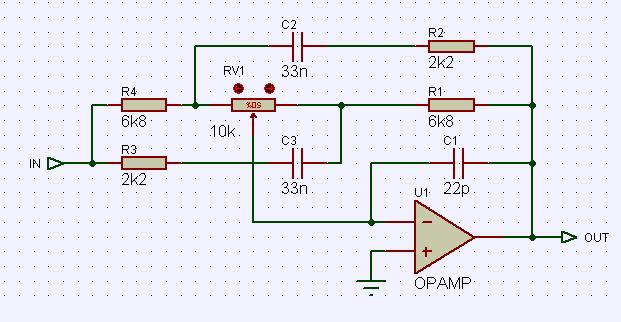This is facinating stuff, Gordon -
I came to the conclusion following the comments in this thread, that the best direction was an external "processor" box which took audio from the theremin and added vocal formants that moved with incoming pitch.
The original (and at trhe time I thought easier) was of doing this was to take the theremin HF oscillators and derive the audio frequency directly from these at high speed, to avoid latency - then to use this data to control the movement of the formants and larynx simulation, so one got a change along the lines of "a vox humana bass and an ethereal soprano that switches automatically depending on what pitch you are playing. " except that these would morph into each other rateher than "switch".
The above cannot be done with audio from the theremin - or at least it cant be done on the basis of a "control" signal..
But it can be done, as you describe, by splitting the audio into "tuned" paths and processing each seperately.
There is a lovely circuit designed for tone control - its the Ambler tilt equalizer - its really cheap and simple.. The standard circuit has one potentiometer, when in the centre, incoming signal gets to the output flat - no tone / harmonic change.. At one extreme (say CCW) you get maximum attenuation of bass (about -12db @ 20Hz) and maximum boost of treble (about +12db @ 16kHz) - the bulk of the change occurs between about 100Hz and 5kHz (-8db @100Hz, +8db @ 5kHz) imagine drawing a line from -12db to +12db on log graph paper.. With the potentiometer fully CW, you "tilt" this line so that theres +12db @ 20Hz and -12db @16kHz (-8db @5kHz, +8db @ 100Hz) ... The exact frequencies depend on selected components - usually the tilt point (the frequency at which 0db is maintained - imagine the slope as being a lever, the fulcrum being this frequency - the potentiometer tilts the lever) is set to about 1kHz. It is possible to make this fulcrum adjustable, but the circuit ceases to be an "Ambler" and becomes a lot more complex.
The Ambler is a lot simpler than a graphic EQ - "deeper" Amblers can be constructed by wiring them in series with ganged potentiometers (I actually use voltage controlled electronic "potentiometers")
In simulations I have fed audio into two seperate "processors" each preceded by a "super Ambler" - these processors have adjustable distortion stages followed by adjustable formant filters, and these are again followed by seperate Amblers with "tube distortion" before being mixed for output.
The schematic for a basic Ambler is shown below, almost any opamp will work, and any supply (+/- with respect to ground) above about +/- 5V.
This Ambler is centred at about 1kHz (1kHz will always be output at the same level as its input, ie, 0db) . Range (-8db @100Hz, +8db @ 5kHz) with wiper fully to the right in schematic below, (-8db @5kHz, +8db @ 100Hz) with wiper fully to the left, and flat (0db) for all frequencies with wiper in the centre. C1 determines the top end roll-off, and can be increased to act as a filter for HF shit. The "centre" point frequency can be moved by changing (increasing) R2 and R3, and/or changing tha values of C2 and C3, but R2 must always be the same value as R3, and C2 must always be the same value as C3 - Also, care must be taken as performance is impaired if one just changes these components without making other changes to the circuit.
The circuit below was not designed by me - it is designed by Douglas Self (THE guru on audio circuits) and comes from his book Small Signal Audio Design - this link takes you to a page discussing the Ambler.
Fred.



